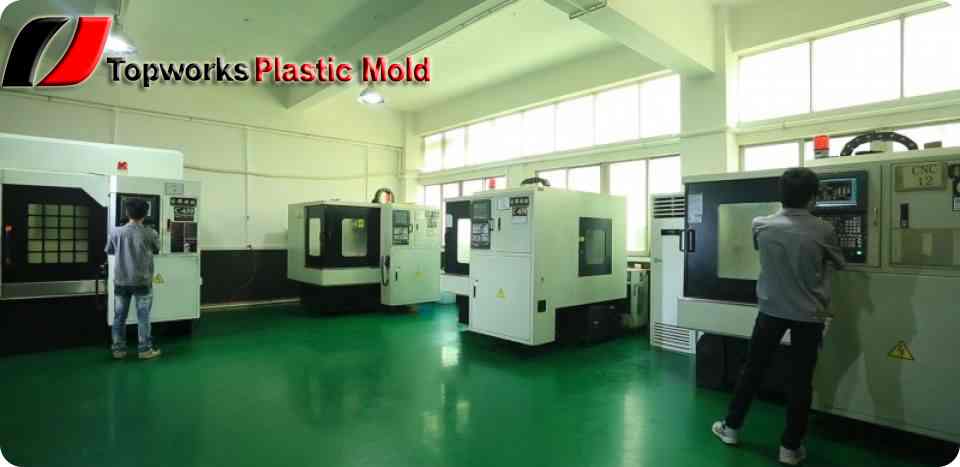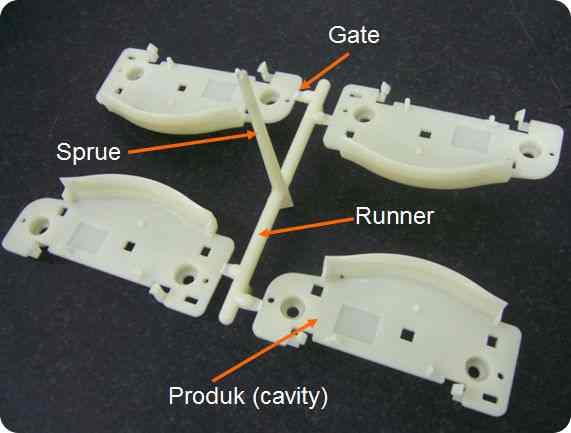Address
304 North Cardinal St.
Dorchester Center, MA 02124
Work Hours
Monday to Friday: 7AM - 7PM
Weekend: 10AM - 5PM

injection molding cost
We have investigated in detail the presses, how to make plastic molds , finishing machinery and auxiliary equipment incidental to the molding process and are now ready to turn to other aspects of the business, With the foundation attained in manufacturing knowledge we are fully prepared to deal with such problems as production methods, costs,estimates and many other advanced elements of successful business management, therefore, first thoroughly investigate estimates and costs and analyze the intricacies of their makeup, for it is upon a definite understanding of these two fundamentals that a successful business ultimately depends.
In the first place, it should be pointed out that the relationship existing between an estimate and a cost is that the former is based on a prognostication of the latter. Furthermore, a cost is constantly changing as a result of varying conditions in the plastic injection molding company, and therefore sufficient latitude should be provided for in the estimate. In preparing figures for the estimated cost of a molded part,the estimator is usually furnished with a print or model and the necessary information pertaining to the quantity required over a definite period and the type of material desired in the finished part. If the model, or sample, is made of some material other than the plastic in which it is desired the net weight is determined by applying the specific gravity ratio. When a blue print or sketch is submitted however it becomes necessary to ascertain the volume as accurately as possible and then convert this figure into the equivalent number of ounces or pounds. It is common practice to estimate selling prices on the basis of a thousand pieces and hence any weights obtained must be expressed in the number of pounds per thousand.
 The cost of producing molded parts, like any other commodity, is based on the three fundamental factors; material, labor, and overhead, and these elements are dealt with in the order given. Whether a print or sample is used for the basis of figuring is of little importance although the latter will permit closer figuring of the material weight. As previously explained, the cost of material is comparatively easy to obtain inasmuch as it requires only the price per pound multiplied by the gross weight. Gross weight is that which includes the amount of waste and overflow, the net weight being that of the finished piece. Where net weight only is available a certain percentage is added in order to obtain the gross weight. This varies from 10% to as much as 50% depending on the design and size of the piece and the type of die in which the part is to be molded.
The cost of producing molded parts, like any other commodity, is based on the three fundamental factors; material, labor, and overhead, and these elements are dealt with in the order given. Whether a print or sample is used for the basis of figuring is of little importance although the latter will permit closer figuring of the material weight. As previously explained, the cost of material is comparatively easy to obtain inasmuch as it requires only the price per pound multiplied by the gross weight. Gross weight is that which includes the amount of waste and overflow, the net weight being that of the finished piece. Where net weight only is available a certain percentage is added in order to obtain the gross weight. This varies from 10% to as much as 50% depending on the design and size of the piece and the type of die in which the part is to be molded.
Determination of total labor cost is much more complicated. In the first place, the size of die must be ascertained, after which the cycle time has to be prognosticated. From this the molding cost per thousand is obtained and further thought must then be given to the many other operations necessary. The experienced molder is able to determine by examination of the print, or model’ just what finishing operations a piece requires and he estimates the length of time required in performing these various operations. The figures are then converted into cost per thousand so that all the calculations will be expressed on a uniform basis. Allowance must be made for rejected parts and this is based on either past performance or arbitrarily set at an estimated percentage. Use of lighter shades such as ivory or white increases the rejection figure due to the darker marks being so much more in evidence than in the black or brown colors. After the rejection costs have been appended, and, of course, the overhead included, the three major elements are added in order to obtain the estimated prime factory cost. Consideration of overhead has been purposely omitted at this point due to the fact that we shall give the subject detailed study later on.